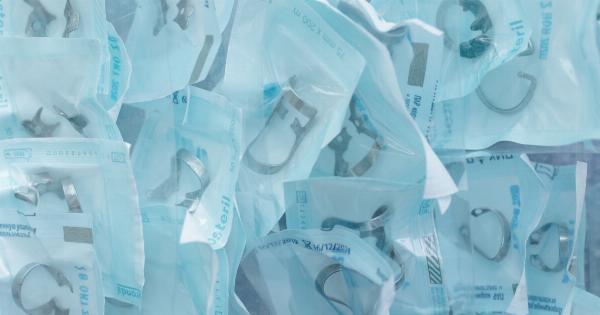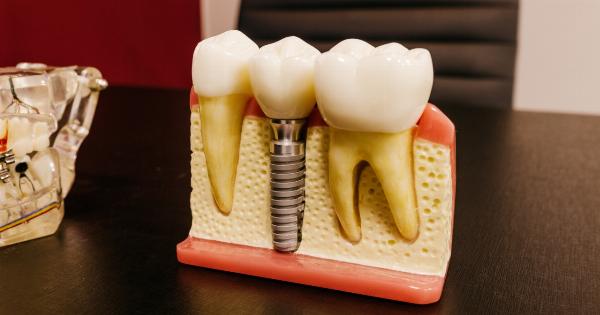Otoplasty, or ear surgery, is a procedure that reshapes the ears to improve their appearance. It is often performed on individuals who are self-conscious about their ears or who have experienced trauma or injury to their ears.
In recent years, technological advances have made it possible to experience otoplasty through a new lens, making the results more precise and predictable than ever before.
The Traditional Approach to Otoplasty
Traditionally, otoplasty involved making an incision behind the ear and removing or reshaping excess cartilage. The surgeon would then use stitches to reposition the ear and hold it in place while it healed.
While this approach was effective, it had several limitations. For example, it could be difficult to achieve accurate and consistent results, and the recovery process could be lengthy.
Experience Otoplasty Through a New Lens
Today, many surgeons are using a new approach to otoplasty that involves the use of 3D imaging and computer modeling technology.
This technology allows the surgeon to create a detailed, virtual model of the patient’s ear and use it to plan the surgery. By using this approach, the surgeon can create a customized treatment plan that takes into account the patient’s unique anatomy and desired outcomes.
During the actual surgery, the surgeon uses a high-powered microscope and specialized instruments to make precise incisions and reshape the ear.
This approach is less invasive than the traditional method, and often results in a quicker recovery time and more accurate results.
Benefits of 3D Imaging and Computer Modeling Technology
There are several benefits to using 3D imaging and computer modeling technology in otoplasty:.
- More accurate and consistent results
- Customization based on the patient’s unique anatomy and desired outcomes
- Less invasive approach
- Quicker recovery time
- Better visualization of the ear during surgery
Candidates for Otoplasty Through a New Lens
This new approach to otoplasty is suitable for a wide range of patients, including those who:.
- Are self-conscious about the appearance of their ears
- Have asymmetrical ears
- Have protruding or prominent ears
- Have experienced trauma or injury to their ears
It is important for patients to be in good overall health and have realistic expectations for the outcome of the surgery.
The surgeon will evaluate the patient’s history and goals to determine if they are a good candidate for otoplasty through a new lens.
The Otoplasty Procedure
The otoplasty procedure through a new lens typically takes about two to three hours to complete, and is performed on an outpatient basis. The patient is given a local anesthetic and sedative to ensure their comfort during the procedure.
The surgeon makes a small incision behind the ear and uses specialized instruments to reshape the ear. Once the desired shape has been achieved, the surgeon uses dissolvable stitches to hold the ear in place while it heals.
Recovering from Otoplasty
Most patients are able to return home the same day as the procedure. They will need to wear a protective bandage or head wrap for several days to help support the ears as they heal.
Pain medication and antibiotics may be prescribed to help manage pain and prevent infection.
Patients will need to avoid strenuous activity or exercise for several weeks after the surgery. They should also avoid sleeping on their side or rubbing or scratching their ears as they heal.
Risks and Complications
As with any surgical procedure, there are some risks and potential complications associated with otoplasty. These include:.
- Infection
- Bleeding
- Scarring
- Changes in sensation
- Asymmetry
- Recurrence of the protrusion
It is important to discuss these risks with the surgeon prior to the procedure and follow all post-operative instructions carefully.
Conclusion
Otoplasty through a new lens offers patients a less invasive, more precise, and more customizable approach to ear surgery.
This approach involves the use of 3D imaging and computer modeling technology, which allows the surgeon to create a detailed, virtual model of the patient’s ear and plan the surgery accordingly. While there are some risks and potential complications associated with the procedure, the benefits can be significant for patients who are self-conscious about the appearance of their ears or who have experienced trauma or injury to their ears.































